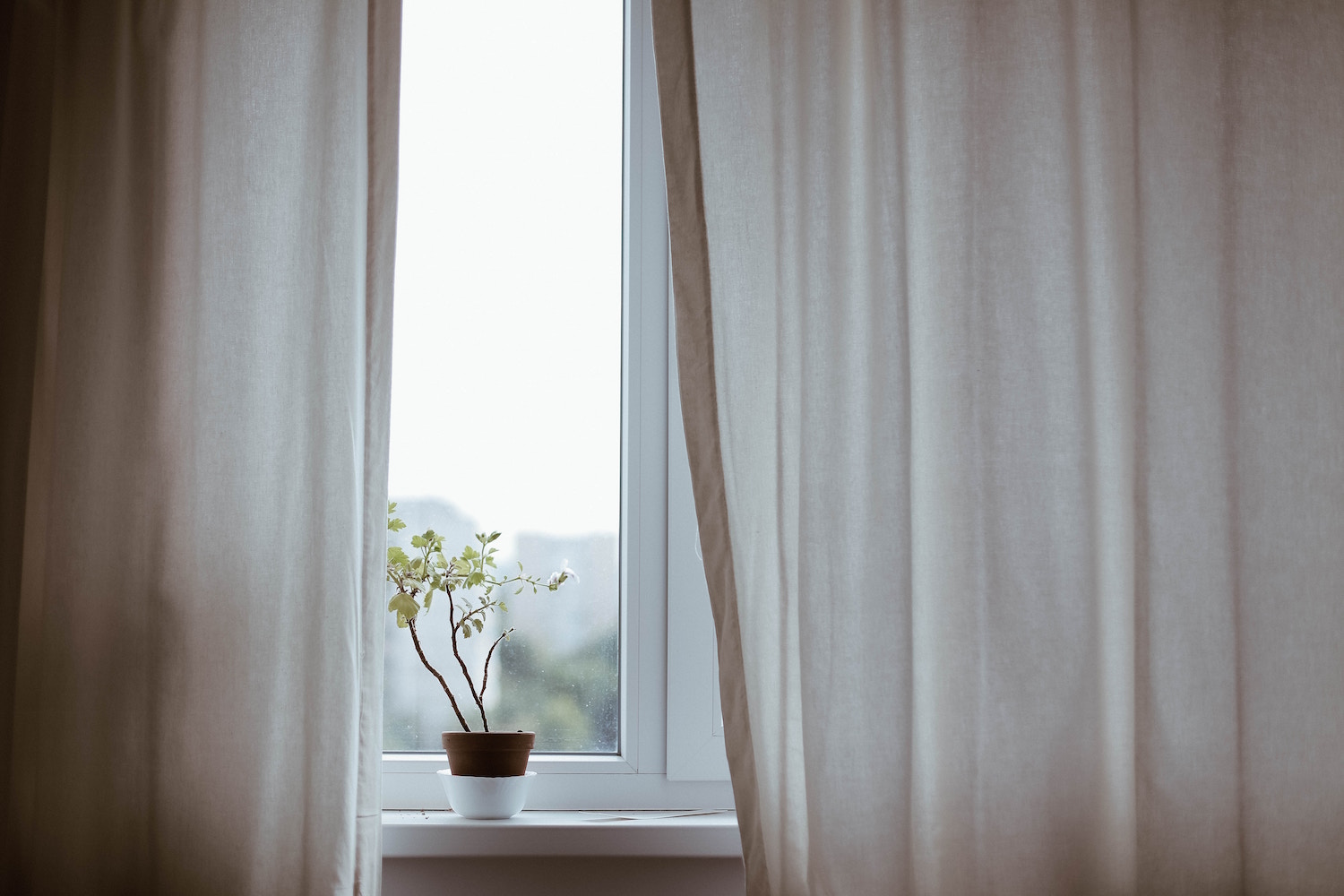Are Landlords Responsible For Mould?
There are few things worse than the smell of damp emanating from the unloved corners of a property. While the stench itself is bad enough, it’s knowing what’s to come that worries most – mould can cause lasting problems to a property, and can quickly become a health hazard.
As bad as the situation is for tenants, it’s no walk in the park for landlords either. After all, it’s them who’ll have to suffer any long-term damage to the property. But who’s responsible for damp and mould – the landlord or the tenant?

What causes damp and mould in a rental property?
There are three different types of damp, each of which has different causes.
Condensation is produced when moisture in the air hits a cold surface. This type of damp is exacerbated by poor ventilation, heating, or insulation.
Penetrating damp occurs when water comes through the roof, or through external walls. The reason for this may be structural, or it could be down to a plumbing issue.
Rising damp occurs when the material at the bottom of the property soaks up moisture from the ground below. It’s a particular problem in basements and ground floor flats.
Who’s responsible for damp and mould in a rental property?
It is a landlord’s legal responsibility to make repairs to the property’s structure and exterior if they are causing damp and mould – such as leaking gutters or internal pipes, wet outside walls, or cracked walls or rotten window frames.
Likewise it is a landlord’s obligation to ensure that a property is properly heated and ventilated. Excessive cold air is one cause of mould and damp, and it’s the landlord’s obligation to maintain the heating system to a reasonable degree.
If there is already a damp proof course in the property to prevent rising damp but it’s not working, the landlord must repair it, along with any damage caused by the damp itself. If rising damp occurs before a damp proof course has been installed, the landlord may be obliged to install one.
However, there are some simple things landlords can ask tenants to do in order to reduce the likelihood of damp occuring. For example, doors or windows should be opened after a hot shower, and the provided extractor fan should be used when cooking. Good communication between landlord and tenant can help to prevent problems before they arise.
What happens if a landlord doesn’t deal with damp or mould?
If a tenant reports a damp problem and it is not properly dealt with, the tenant may choose to contact the environmental health services. An inspection may then be conducted, and an assessment will be made of the risk to the tenants’ health. In extreme cases, the environmental health services or the local authority’s housing standards department can make an order for the landlord to conduct suitable repairs.
Communication is key
As with every aspect of a tenancy, problems can be avoided through clear communication between landlord and tenant, and through comprehensive information being given to the person or people occupying the property. As we’ve explored above, you should at least make sure that your tenants are taking basic steps to avoid the most common causes of damp and mould.
Similarly, you should remember that regardless of your legal obligations, it makes good business sense to deal with any problems that do arise quickly and efficiently. Good tenants are crucial to landlords, and you should do what you can to keep them satisfied.
Host your property on ideal flatmate here.



